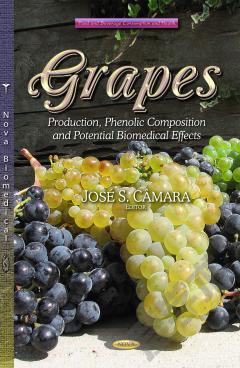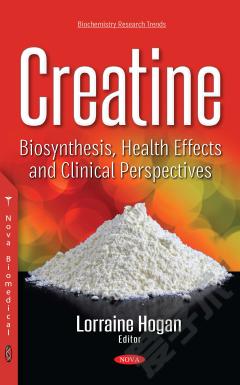Grapes: Production, Phenolic Composition and Potential Biomedical Effects
Grapes (Vitis spp.) are economically the most important fruit species in the world. Most cultivated vines belong to the European type (Vitis vinefera), the American bunch type (V. labrusca and its derivatives) or Muscadine type (V. rotundifolia). Grapes contain many of the most valuable elements necessary for life. In addition, it is known to have commendable medicinal qualities/properties, attributed mainly to polyphenols. They are famous as antioxidants, hormones, constituents of essential oils, natural neurotransmitters, and as having many other biological activities. Their antioxidant ability is known to confer many health benefits such as reducing the risk of cardiovascular disease and cancer. They also provide antimicrobial activity for the plant’s own defense against invading pathogens. The diversity of structure and activity of phenolic compounds has resulted in a multiplicity of research areas such as chemistry, biotechnology, ecology, physiology, nutrition, medicine, and cosmetics. The understanding of grape and wine phenolics is an increasingly important requirement for managing wine styles efficiently and an important way to enhance their healthy benefit effects. The aim of this book is to describe grape production, its phenolic composition and the potential biomedical effects which are currently being researched. The areas of most interest at present and the subjects in which this interest is likely to continue or to increase in the following years have been selected. The book comprises 19 chapters, each written by authorities in the field with 59 contributing authors in total. Chapters are well referenced with regard to previous work, have appropriate chapter introductory sections accommodating non-specialists, students and experts in the field, and most end with a summary of conclusions and, in some cases, recommendations for future work or new standards, protocols or procedures.
{{comment.content}}








 京公网安备 11010802027623号
京公网安备 11010802027623号